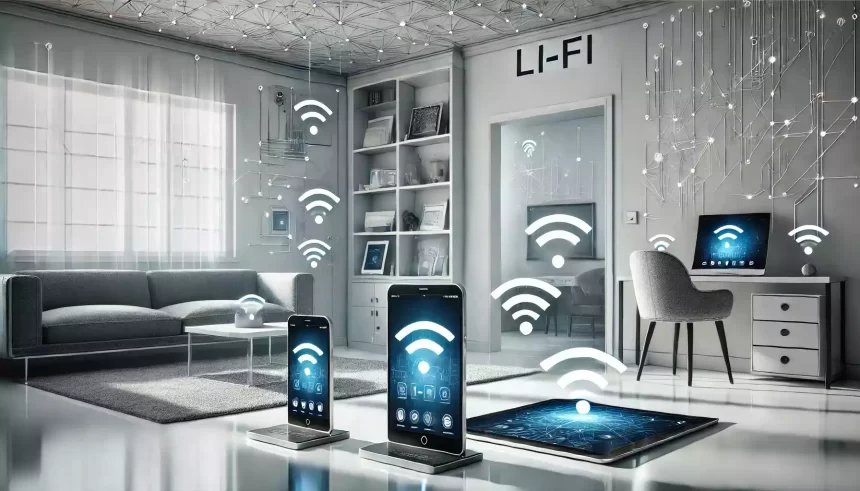In the ever-evolving world of technology, a new contender is emerging that could potentially revolutionize how we connect to the internet. Known as Li-Fi, this groundbreaking technology uses light to transmit data at unprecedented speeds, promising to be a game-changer in the way we experience the online world. As the world becomes increasingly dependent on fast, reliable internet, Li-Fi might just be the answer to our growing digital demands.
As you dive into this article, you’ll find everything you need to know about Li-Fi technology, its potential impact on the internet, and whether it could become the next big thing. We’ll explore how it works, its advantages over traditional Wi-Fi, and what the future might hold for this innovative technology.
Understanding Li-Fi: A New Era of Internet Connectivity
Li-Fi, short for Light Fidelity, is a wireless communication technology that uses visible light to transmit data. Unlike traditional Wi-Fi, which relies on radio waves, Li-Fi uses light waves to deliver internet connectivity. This is achieved through the rapid modulation of light from LED bulbs, which, although invisible to the human eye, can be detected by a photo-detector and converted back into data.
The concept of Li-Fi was first introduced by Professor Harald Haas during a TED Talk in 2011, where he demonstrated how an ordinary LED light bulb could be used as a wireless router. Since then, the technology has evolved, and it is now being tested for various applications, ranging from smart homes to secure communications in military settings.
The Advantages of Li-Fi Over Traditional Wi-Fi
One of the most significant advantages of Li-Fi is its speed. Since light waves have a much higher frequency than radio waves, Li-Fi can transmit data at speeds up to 100 times faster than Wi-Fi. This means that downloading large files, streaming high-definition videos, or engaging in real-time gaming could become almost instantaneous.
Another key benefit of Li-Fi is its ability to operate in environments where Wi-Fi cannot. For instance, radio waves can interfere with sensitive equipment in hospitals or airplanes, but light-based communication doesn’t have this issue. Additionally, because Li-Fi uses light, it doesn’t penetrate walls, offering a higher level of security for sensitive data transmissions.
Challenges and the Road Ahead for Li-Fi
While Li-Fi offers many promising benefits, it also faces some challenges. One of the primary obstacles is the need for a clear line of sight between the light source and the receiving device. This means that any obstruction, such as a hand blocking the light or the receiver moving out of the light’s range, can disrupt the connection.
Moreover, widespread adoption of Li-Fi would require a significant infrastructure overhaul, as current devices and networks are built around Wi-Fi technology. However, with continued advancements and the increasing demand for faster and more secure internet, these challenges may soon be overcome.
Could Li-Fi Be the Future of the Internet?
Given its potential to deliver lightning-fast internet speeds and operate in environments where Wi-Fi is less effective, Li-Fi could indeed become a major player in the future of internet connectivity. However, it’s unlikely to completely replace Wi-Fi. Instead, the two technologies may complement each other, with Li-Fi being used in specific scenarios where its unique advantages are most beneficial.
As we look to the future, it’s clear that Li-Fi has the potential to transform the way we connect to the internet. Whether it becomes the next big thing or simply another tool in our digital arsenal, Li-Fi represents a significant leap forward in our quest for faster, more reliable, and more secure internet connections.


